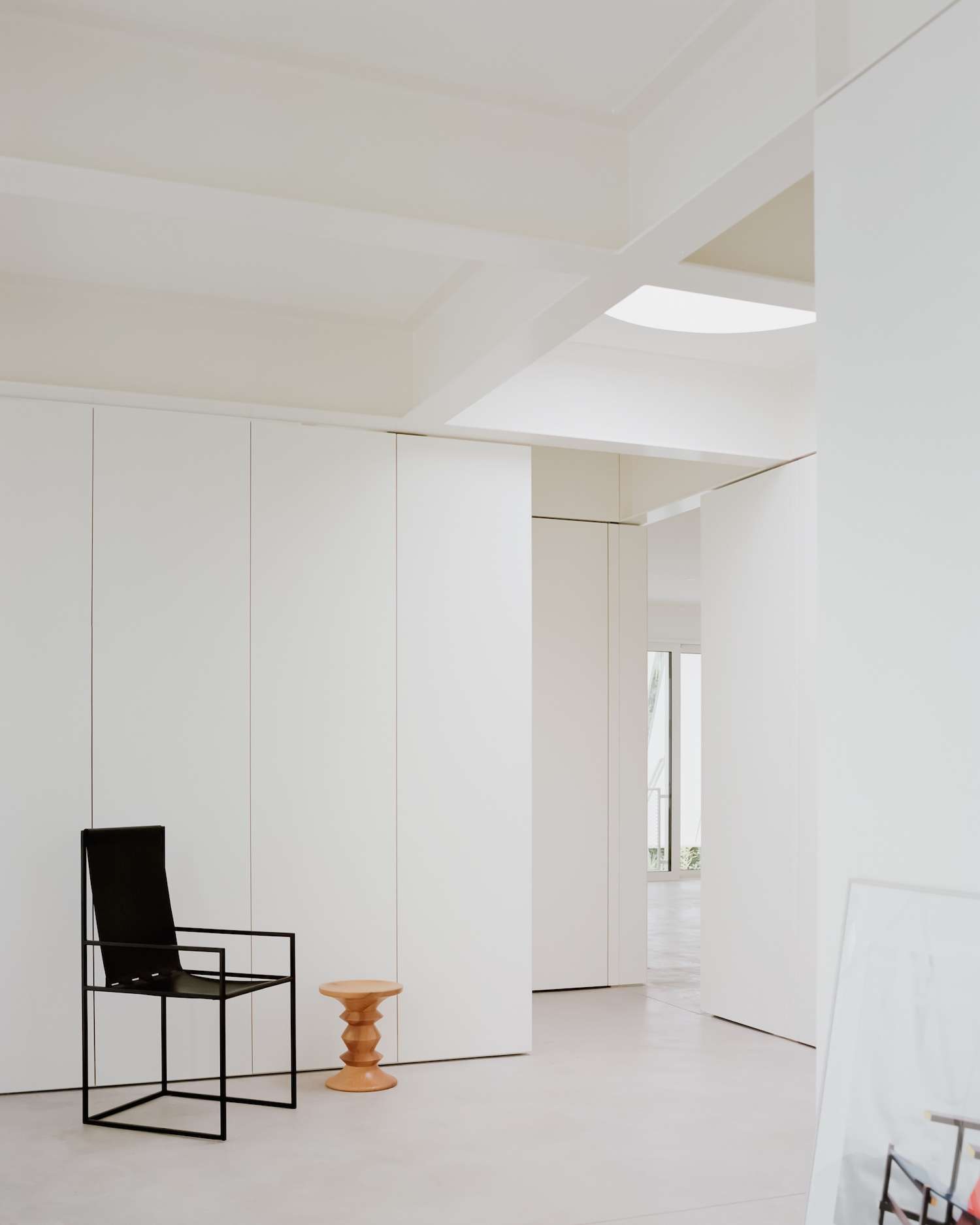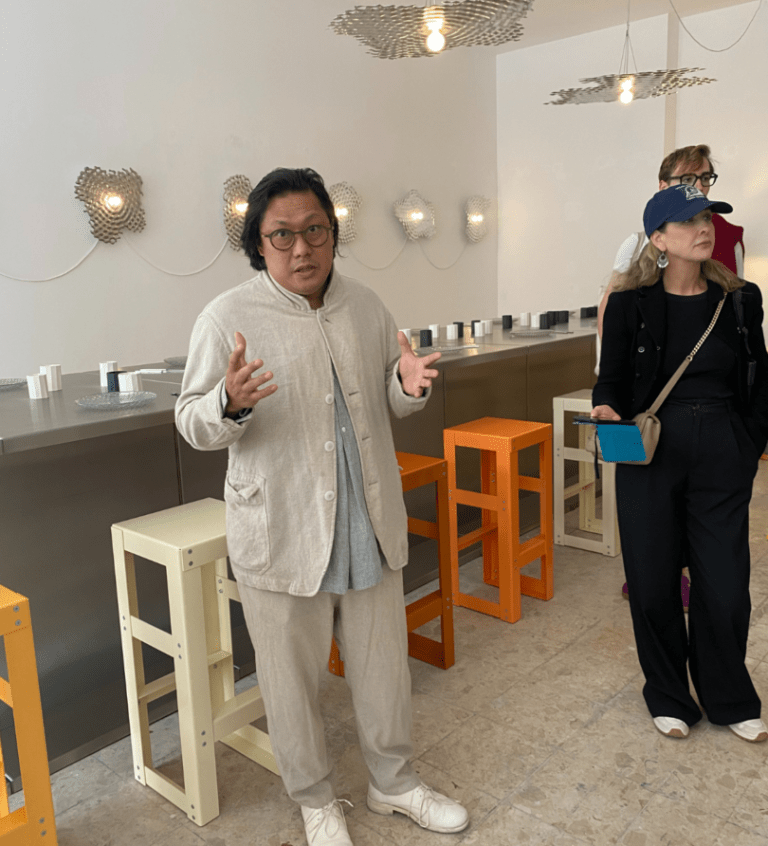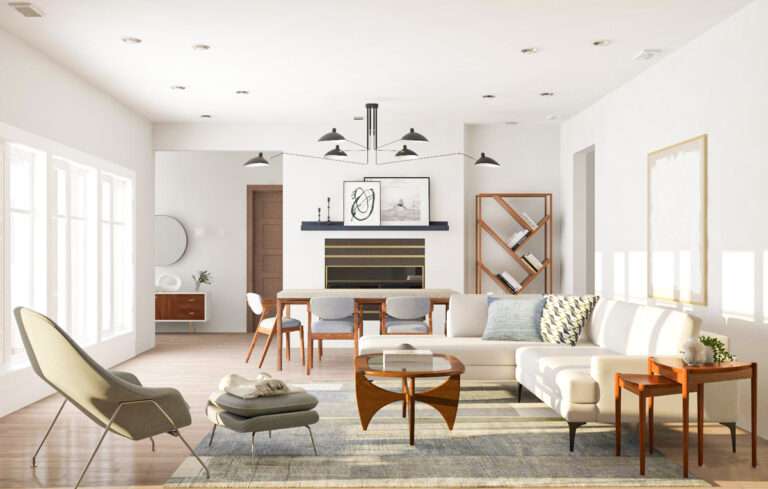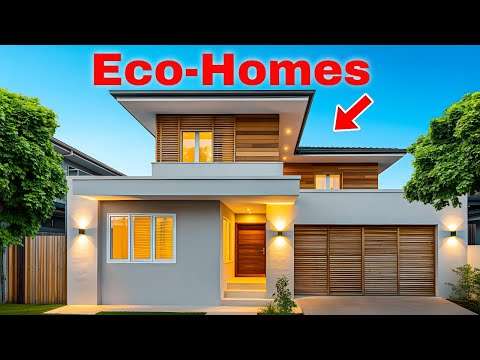
Andina Schneider Extension is a minimal home located in Ascona, Switzerland, designed by Inches Geleta Architetti. Light hovers above weight in the Andina-Schneider house extension, where a crystalline volume seems to float atop its solid predecessor. This delicate balance between mass and transparency offers a masterful study in architectural contrasts, one that speaks to both the evolution of domestic space and our changing relationship with the natural environment. The project’s setting in the Maggia Delta provides more than mere backdrop – it serves as a crucial dialogue partner in the design. Here, where Lake Verbano’s waters meet a landscape shaped by both natural forces and human intention, the extension responds with what we might call “calibrated transparency.”
The design team has created not simply a viewing platform, but rather a sophisticated instrument for mediating between interior life and the surrounding environment. The technical resolution reveals a particularly thoughtful approach to structure. The visible HEB 180 pillars and IPE 400 beams aren’t merely exposed – they’re celebrated as part of the spatial experience. This honest expression of structure recalls the best traditions of modernist transparency while advancing them through contemporary means. The metal framework creates a precise geometric order that contrasts beautifully with the organic forms of the landscape beyond. What’s especially compelling is how the extension handles the perpetual architectural challenge of privacy versus openness.
The glazed volume is modulated by sunshade elements that perform multiple functions: they manage solar gain, create visual rhythm, and expand spatial perception both internally and externally. This multi-functional approach to architectural elements speaks to a sophisticated understanding of how buildings can do more with less. The design’s relationship with its predecessor is particularly noteworthy. Rather than competing with the existing structure, the extension establishes a clear dialogue across time. The original building’s “plinth” is respected and maintained, while the new volume achieves a distinct identity through material and formal contrast. This approach demonstrates how contemporary architecture can build upon historical foundations while clearly expressing its own moment in time.
The project’s handling of the roof transition – where old meets new – deserves special attention. The removal of the original roof to accommodate the new volume represents a decisive yet respectful intervention. The new perimeter gutter sheet detail not only protects the facade but creates a precise termination point that reinforces the extension’s floating quality. In the broader context of contemporary residential architecture, this project offers valuable lessons about how to achieve density and spatial efficiency without sacrificing either domestic comfort or environmental sensitivity. It demonstrates that architectural additions can be both bold and respectful, technically innovative and contextually appropriate.





